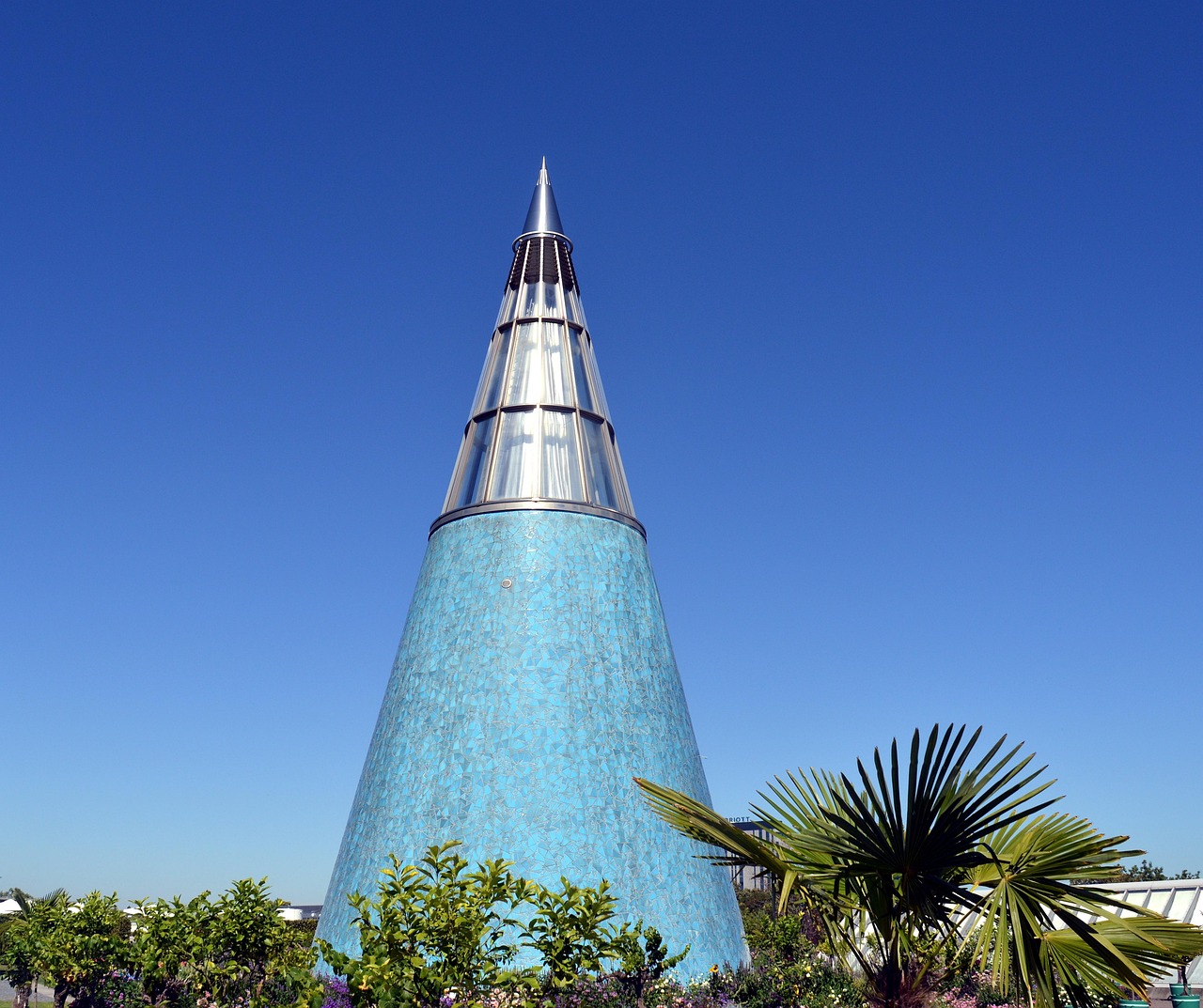Exploring the Timeless Wonders: A Journey Through Ancient Marvels
In a world where technology and innovation reign supreme, it is easy to overlook the timeless wonders that have captivated human imagination for centuries. From the majestic pyramids of Egypt to the intricate temples of Angkor Wat, these ancient landmarks serve as a reminder of our shared history, the ingenuity of our ancestors, and the boundless potential of the human spirit. This article delves into the rich tapestry of these extraordinary creations, exploring their significance, cultural impact, and the enduring allure they hold.
The Great Pyramid of Giza, standing tall as one of the Seven Wonders of the Ancient World, is a testament to the precision and engineering prowess of the ancient Egyptians. Built over 4,500 years ago, it continues to baffle scientists with its sheer scale and intricate construction. The pyramid's mystery lies not just in its grandeur but also in the secrets hidden within its chambers, offering glimpses into the religious beliefs and societal hierarchies of the Pharaohs.
Moving eastward, we find ourselves in Cambodia, where the ancient city of Angkor Wat stands as a living museum of architecture. Carved from massive stone blocks, this sprawling complex represents the Hindu-Buddhist empire of the Khmer Kingdom. The intricate bas-reliefs, depicting mythological scenes and daily life, tell a visual narrative that transcends time, inviting visitors to step back into a forgotten era.
Another remarkable wonder is the Colosseum in Rome, an iconic symbol of Imperial power and engineering prowess. Its massive arches, tiered seating, and underground chambers, where gladiatorial battles unfolded, were once the epitome of entertainment. Today, the crumbling ruins serve as a poignant reminder of the human cost of conquest and the fleeting nature of empires.
In China, the Terracotta Army, a collection of thousands of life-sized clay warriors, stands guard at the tomb of Emperor Qin Shi Huang. Each statue, unique in facial features and attire, showcases the meticulous craftsmanship that flourished during the Qin Dynasty. These vivid figures, frozen in time, offer a fascinating insight into the artistry and military strategy of ancient China.
The Great Wall of China, stretching over 13,000 miles, is another testament to human determination and perseverance. Built over centuries by countless laborers, it was more than just a defensive barrier; it embodied the spirit of unity and resilience. Its winding path across rugged landscapes, from deserts to mountains, is a sight to behold and a symbol of China's rich cultural heritage.
As we journey through these ancient wonders, we are struck by their ability to transcend borders, languages, and epochs. They serve as bridges between past and present, connecting us to our collective human experience. They remind us of the power of imagination, creativity, and the desire to leave a lasting legacy.
Moreover, these wonders also hold lessons for our modern times. Their preservation and maintenance teach us about the importance of sustainable practices, the need for conservation, and the value of understanding our roots. As we marvel at these age-old marvels, we are inspired to strive for innovation and creativity while respecting the wisdom of our ancestors.
In conclusion, the ancient wonders of the world are not just physical structures; they are living narratives that echo through the ages. They remind us of our shared humanity, our capacity for greatness, and the enduring power of art, architecture, and storytelling. As we continue to explore and appreciate these timeless wonders, let us remember to honor their significance and learn from their timeless lessons, ensuring their stories remain vibrant and relevant in the ever-evolving world we inhabit.








